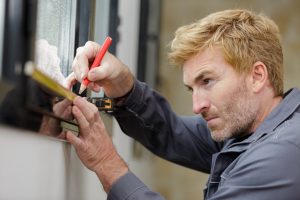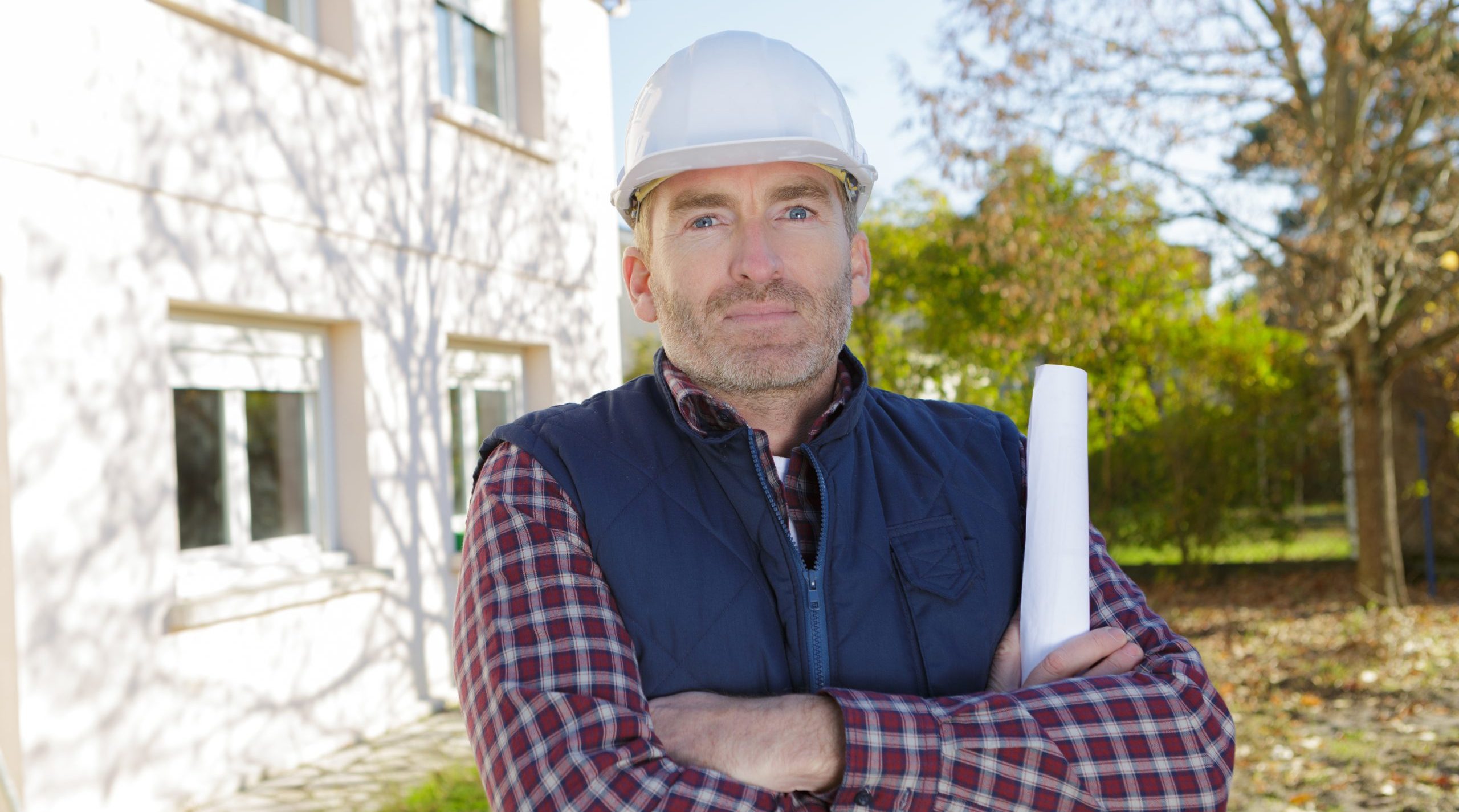Dennis Pappas is a Brooklyn-based landscape architect dedicated to transforming urban spaces through sustainable design. His guiding philosophy, “Every green space is a chance to breathe new life into the city,” drives his work, focusing on integrating nature into high-density urban areas to improve quality of life and promote environmental resilience. Raised in New York City, Dennis developed a passion for nature early, finding inspiration in the contrast between bustling city life and peaceful green spaces.
With a Bachelor’s in Landscape Architecture from Cornell University and a Master’s in Environmental Design from Columbia University, Dennis has spent over two decades designing spaces that balance community needs with environmental sustainability. His innovative projects include the award-winning Brooklyn Green Corridor and New York City’s first carbon-neutral rooftop garden, both of which set new standards for sustainable urban design.
Dennis is a LEED Accredited Professional and a Certified Green Roof Professional, bringing eco-friendly approaches to each project. He has received several accolades, including the Green City Innovator Award from the Urban Green Council, recognizing his impact on New York’s green infrastructure. His work isn’t just about beautifying spaces; it’s about creating lasting, accessible environments that serve the community and the ecosystem alike.
Outside of his career, Dennis enjoys kayaking, rock climbing, and bird watching, activities that keep him connected to nature. His dedication to sustainability and community well-being drives his work and life, pushing him to leave a meaningful impact on the urban landscape.
What made you want to do the work you do? Please share the full story.
From a young age, I was captivated by the contrast between the city’s busy streets and the rare green spaces where I could feel a sense of calm and balance. Growing up in Brooklyn, green space wasn’t something I took for granted. Family trips to parks and the outdoors were cherished, and these experiences made me realize the importance of natural spaces. When I learned that I could make a career out of designing green areas for cities, I was hooked. I pursued my degree in Landscape Architecture at Cornell and later completed a Master’s in Environmental Design at Columbia. Over time, I’ve learned that creating green spaces isn’t just about beauty; it’s about fostering well-being, community, and sustainability in our urban landscapes. This work allows me to give back to the city I love in a way that benefits people, plants, and animals.
Tell us 3 surprisingly easy and 3 surprisingly difficult things about your job.
Surprisingly easy:
- Community Engagement: People love to talk about parks and green spaces, so engaging them in project ideas and feedback is easy and rewarding.
- Collaboration with Nonprofits: Partnering with local groups is often seamless since we share a common goal of improving urban spaces for everyone.
- Incorporating Sustainable Practices: Surprisingly, many eco-friendly materials and methods are readily available, making sustainable choices easy to incorporate into my designs.
Surprisingly difficult:
- Balancing Aesthetics with Function: Creating a space that’s both beautiful and highly functional can be a challenge since certain plants or structures might not thrive in an urban environment.
- Navigating Zoning Regulations: Regulations can sometimes complicate or limit creative ideas, and I often have to find ways to work within tight constraints.
- Ensuring Maintenance and Longevity: Designing a green space is one thing, but making sure it remains well-kept and resilient over time can be a difficult balance to achieve.

worker measuring a window at construction site
What are the 3 things you like the least about your work and why?
One challenging aspect is navigating bureaucratic approvals. It can be frustrating when projects are delayed by permit processes and regulations, especially when you’re eager to bring a new green space to life. Another issue is the lack of funding for community projects—many of the projects I’d love to take on require funding that’s simply not available, which can limit my ability to serve certain areas. Lastly, weather-related setbacks can be tough, particularly with outdoor projects. Unexpected weather events can delay timelines, damage work, or require extra planning. All these factors mean that the process can be more drawn-out and uncertain than I’d like, but the end result always feels worth it.
What do you think are your 3 biggest weaknesses and how are you overcoming them?
One of my weaknesses is perfectionism—I tend to over-analyze designs to make everything just right, but that can slow down progress. I’m working on prioritizing and letting go when necessary. Another is delegating tasks. I enjoy hands-on work, but I realize it’s essential to empower my team. I’m learning to trust others more and recognize that collaboration often brings out the best results. Lastly, balancing work and personal life can be a challenge, as I’m deeply passionate about what I do. Meditation has helped me find a better balance, and I make sure to spend weekends recharging outdoors, doing things I love like kayaking or hiking.
Tell us about a time where you saw a surprising outcome that you did not expect.
One project that really surprised me was a community garden initiative in a densely populated Brooklyn neighborhood. We expected it to be popular, but we didn’t anticipate how much the garden would bring the community together. People from all walks of life volunteered to help, and within weeks, the space became a hub for social gatherings, workshops, and even small community events. I learned that green spaces aren’t just for aesthetic or environmental purposes—they have a profound ability to bring people together. The experience reinforced my commitment to involving the community in the design process from the start.
How do you get yourself out of a funk? Please share the details.
When I’m feeling low, I usually head outdoors. Nature has a way of grounding me, whether it’s a walk in a nearby park or a trip upstate to kayak on a quiet lake. I also practice meditation and mindfulness, which help me reconnect with my purpose and find clarity. Spending time with my partner, Alex, and our cats, Ash and Willow, helps me unwind and refocus. If I have the time, I’ll work on a photography project—capturing landscapes always brings me fresh inspiration. These activities remind me why I do what I do and help me return to work with a clearer mind.
What is a habit you try to stick to and how has it helped you?
One habit I’m committed to is daily meditation. Even if it’s just ten minutes in the morning, it gives me a calm, centered start to the day. This habit has been transformative for my focus and stress levels, especially in a demanding field like landscape architecture. Meditation helps me maintain perspective and keeps me connected to my core values. I find that I approach challenges more calmly and make clearer, more thoughtful decisions.
How do you celebrate your victories?
Celebrating victories, big or small, is important to me. For personal milestones, Alex and I might plan a weekend getaway to a scenic spot in upstate New York where we can enjoy nature and relax. For team accomplishments, I like to celebrate with a gathering—sharing a meal or even going out for an outdoor activity. It’s also great to bring the community into celebrations when a new green space is unveiled. Sharing these moments with others keeps me motivated and reminds me of the impact our work has.
What is your favorite book and why?
One of my favorite books is “Braiding Sweetgrass” by Robin Wall Kimmerer. It explores our relationship with nature from both a scientific and indigenous perspective. As a landscape architect, I found it eye-opening and deeply moving. Kimmerer’s ideas on reciprocity and respect for the environment resonate with me and have influenced how I approach my work. The book reinforces my belief that creating green spaces is more than a job; it’s a responsibility to help people reconnect with the natural world.
If you could go back 2 years and give yourself advice, what would it be?
I’d tell myself to slow down and trust the process. Two years ago, I was constantly pushing for bigger, faster results, but I’ve learned that meaningful work takes time. Taking a more patient approach has led to better outcomes and reduced my stress. I’d also remind myself to lean on my team more; they’re talented, and delegating can bring fresh perspectives to a project. I’d remind myself to keep practicing balance and find joy in the journey, not just the destination.
Who has been your biggest mentor in life (personal or professional) and how have they helped you?
My biggest mentor has been my partner, Alex. She’s an urban planner with a thoughtful, grounded approach to her work. Watching her navigate challenges with patience and vision has taught me a lot about balancing creativity with practicality. She encourages me to consider the social impact of every project, not just the environmental aspects. She’s also a grounding influence in my life, helping me see the bigger picture and supporting me in all my pursuits. I’m lucky to have a partner who challenges and inspires me every day.
Just for fun, what is your favorite food?
I’d have to say my favorite food is a classic New York bagel, toasted with cream cheese and lox. There’s something about the mix of flavors and textures that just hits the spot, especially on a weekend morning after spending time outdoors. It reminds me of the city I love and the simple pleasures that come with it.

